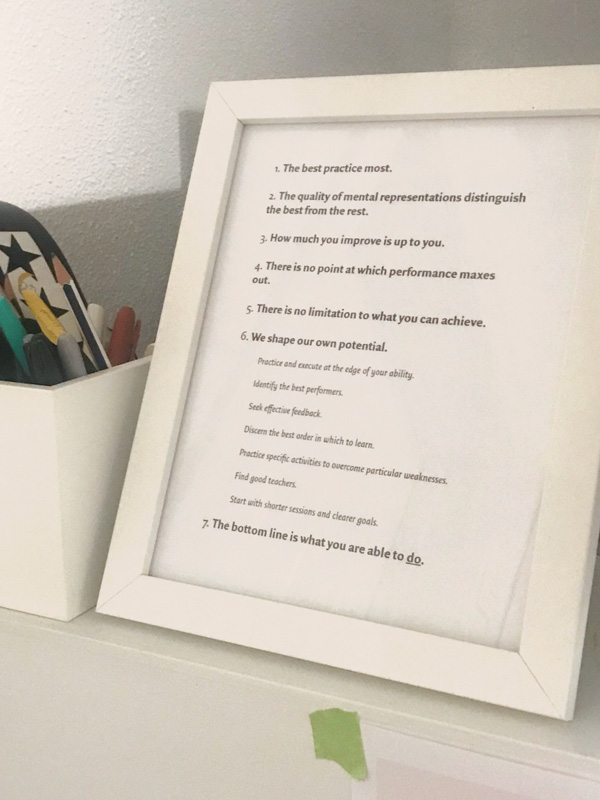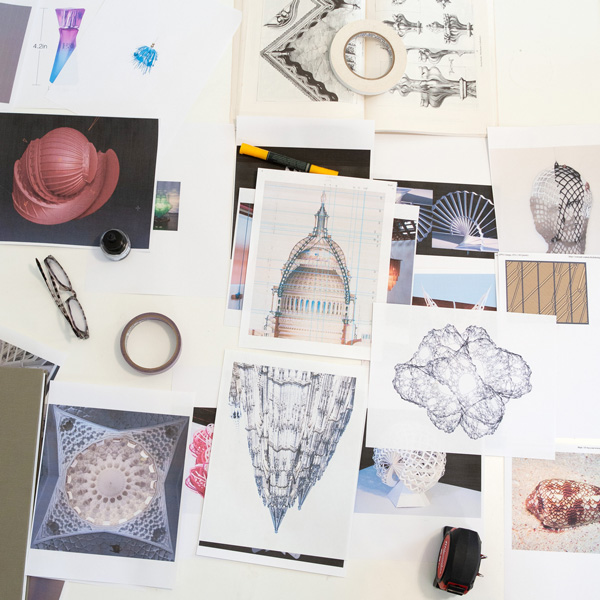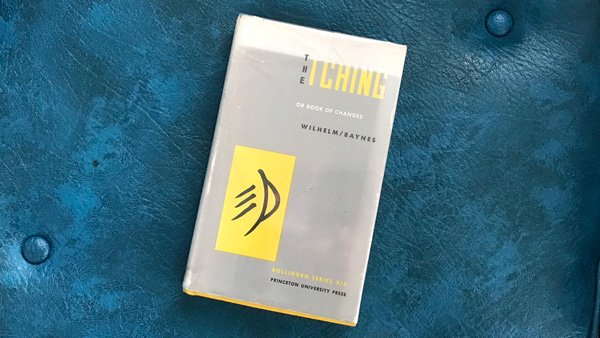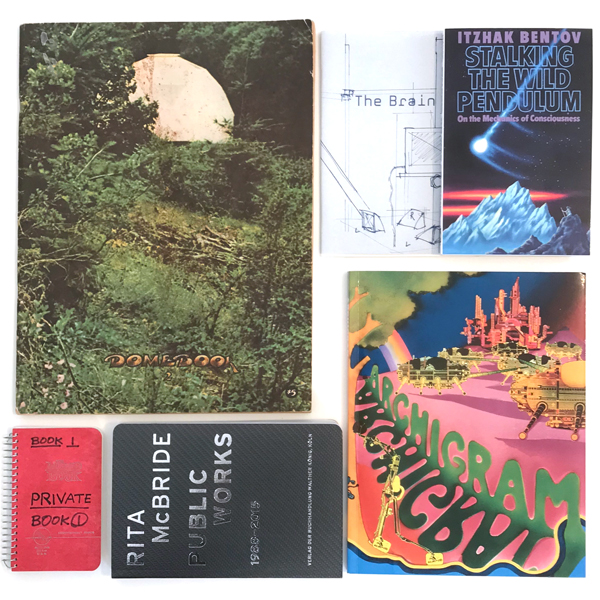Practice



‘All those who follow this particular life meet in the night in dreams. Rumi said, “The prisoner is not in his cell. The king is not in his palace. The soul in the night is free.”‘ — Irina Tweedie

My grandfather lived in a tar-paper covered shack with his young wife and my infant mother while he attended medical school at Columbia College on the GI Bill, and eventually graduated as a cardiologist. In pictures he had a sense of distinguished presence that belied his humble beginnings, and a sensitivity that could be seen but never reached behind his deep reserve. Late in life, his own heart problems came as a surprise, and he underwent a quadruple bypass operation. In the years that followed heart surgery, his personality changed: He acquired a lathe and turned wooden bowls in the shed behind his house, several of which were collected by a Japanese bank. He explained to me that imperfections were a feature, and when a knot fell out of wormy wood, he filled the space with clear resin and crushed gemstones. He took classes in Computer Art, and though he declined with gruff shyness to disclose to me what went on at those affairs, on my last two visits he gave me 8×10 prints of images he had made.
The English language has stock phrases for the heart that vaguely gesture in the direction of the vital organ, but never specify what might be happening therein. One is more likely to receive medication for high blood pressure than any sort of instruction, let alone wisdom, as to the mysteries of the heart’s workings in daily life. We are left to piece together hints from disparate sources, such as findings from the nascent field of neurocardiology, which indicate that the heart has a complex neural network of its own, quite independent from the brain, and that more information originating in the heart is sent to the brain than the other way round, as so often assumed.
Recently, I wondered if searching the text of the I Ching might yield a different kind of illumination. If you haven’t come across the I Ching before, it’s the oldest of the classic treatises from ancient China and a treasure of a book. As some indication of its priorities, the Richard Wilhelm translation mentions “heart” 63 times, and “mind” but 60. The sifted quotes below are a selection, excerpted from throughout.
“Even with slender means, the sentiment of the heart can be expressed.
True kindness does not count upon nor ask about merit and gratitude but acts from inner necessity. And such a truly kind heart finds itself rewarded in being recognized, and thus the beneficent influence will spread unhindered.
There are secret forces at work, leading together those who belong together. We must yield to this attraction; then we make no mistakes. Where inner relationships exist, no great preparations and formalities are necessary. People understand one another forthwith, just as the Divinity graciously accepts a small offering if it comes from the heart.
The original impulses of the heart are always good, so that we may follow them confidently, assured of good fortune and achievement of our aims.
When a man has learned within his heart what fear and trembling mean, he is safeguarded against any terror produced by outside influences.
If one is sincere when confronted with difficulties, the heart can penetrate the meaning of the situation.
It is very difficult to bring quiet to the heart. While Buddhism strives for rest through an ebbing away of all movement in nirvana, the Book of Changes holds that rest is merely a state of polarity that always posits movement as its complement. Possibly the words of the text embody directions for the practice of yoga.
The heart thinks constantly. This cannot be changed, but the movements of the heart — that is, a man’s thoughts — should restrict themselves to the immediate situation. All thinking that goes beyond this only makes the heart sore.
The root of all influence lies in one’s own inner being: given true and vigorous expression in word and deed, its effect is great. The effect is but the reflection of something that emanates from one’s own heart.
A quiet, wordless, self-contained joy, desiring nothing from without and resting content with everything, remains free of all egotistic likes and dislikes. In this freedom lies good fortune, because it harbors the quiet security of a heart fortified within itself.
When, at the beginning of summer, thunder — electrical energy — comes rushing forth from the earth again, and the first thunderstorm refreshes nature, a prolonged state of tension is resolved. Joy and relief make themselves felt. So too, music has power to ease tension within the heart and to loosen the grip of obscure emotions. The enthusiasm of the heart expresses itself involuntarily in a burst of song, in dance and rhythmic movement of the body. From immemorial times the inspiring effect of the invisible sound that moves all hearts, and draws them together, has mystified mankind.
While man sees what is before his eyes, God looks into the heart. Therefore a simple sacrifice offered with real piety holds a greater blessing than an impressive service without warmth.
Confucius says: Life leads the thoughtful man on a path of many windings. Now the course is checked, now it runs straight again. Here winged thoughts may pour freely forth in words, there the heavy burden of knowledge must be shut away in silence. But when two people are at one in their inmost hearts, they shatter even the strength of iron or of bronze. And when two people understand each other in their inmost hearts, their words are sweet and strong, like the fragrance of orchids.
Here the place of the heart is reached. The impulse that springs from this source is the most important of all. It is of particular concern that this influence be constant and good; then, in spite of the danger arising from the great susceptibility of the human heart, there will be no cause for remorse. When the quiet power of one’s own character is at work, the effects produced are right.”

“There are things from heart to heart; this is the only real language.. all else is nonsense.” – Bhai Sahib, Sufi master, Daughter of Fire
Last year I picked up The Natural Way to Draw by Kimon Nicolaïdes. The Whole Earth Catalog once called it, “The best how-to book we’ve seen on any subject.” It can’t really be compared to other books on art — it’s more like a distillation of all the studio visits and conversations in bars I wish I’d had with someone who loved art so well.
Nicolaïdes was a painter, a camouflage artist in the US Army during World War I, and a beloved teacher at the Art Students League through the 1920s and 1930s. The book is a journey through his method as a teacher, published after his much-too-early death in 1938. He speaks in the clearest of voices. The Natural Way to Draw reads as easy as a chat, and as challenging as the wisest of mentors.
Let drawing be a placeholder. What follows is a selection of direct quotes plucked from throughout the book, with much application beyond.
“Do not try to learn a formula, but to become sensitive, to feel more deeply.
Do not try to master a technique. Progress has been made by the people who refused to submit themselves to mediums. The rules of technique have been made by people who copied those who made the progress.
Don’t worry if for the first three months your studies do not look like anything else called a drawing that you have ever seen.
The way to learn to draw is by drawing. People who make art must not merely know about it.
Learning to draw means learning to see – and that means a good deal more than looking with the eye.
If you do not feel as the model feels, your drawing is only a map or plan. Without a sympathetic emotional reaction in the artist there can be no real, no penetrating understanding.
Loosen up. Relax. Most of the time your instinct will guide you, sometimes guide you the better, if you can learn to let it act swiftly and directly without questioning it.
The sooner you make your first 5000 mistakes, the sooner you will be able to correct them.
Results are best when they come from the right kind of unselfconscious effort.
What we seek is not so much an intellectual as a physical response.
Do not take anything for granted.
Preconceived ideas about things with which you have no real experience have a tendency to defeat the acquiring of real knowledge.
Watch a child draw a house. He has in mind no picture that he has ever seen, no system for representing shingles or brick – unless he has been spoiled by the wrong kind of instruction. In his mind is an actual house, which he feels he is actually building as he draws. I watched one of my sons draw a dragon when he was about four years old. He contorted his own face and muscles as he drew and seemed actually to be afraid of the thing when he saw it on paper. We think too often of the thing we draw in terms of the ways we have seen it drawn.
If you make drawings of a knee until you are a hundred years old, your conception of it will still be far from what a knee actually is.
Do not allow familiar labels to interfere with fresh impulses.
Disregard ideas that are already formulated, or constantly test them by new fresh experiences.
We are all prone to accept our preconceptions instead of investigating a thing fully and anew.
A line in drawing is not meant simply to record how long or how wide a thing is. If it were it might as well be drawn with a rule. The important thing is for the line to say as much as possible of all that you know about the thing.
My whole method consists of enabling students to have experiences.
Your progress is charted, not on paper, but in the increased knowledge with which you look at life around you.
There is always a bigger truth undiscovered – unsaid – uncharted until you meet it.”
___
Join me for occasional notes on art & new work by subscribing to my mailing list here.